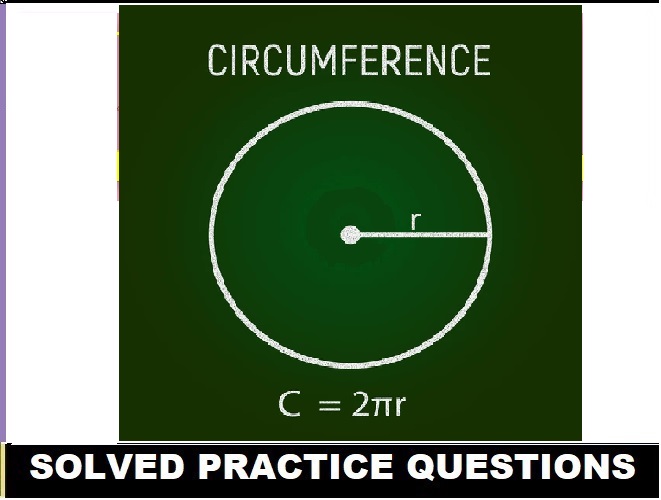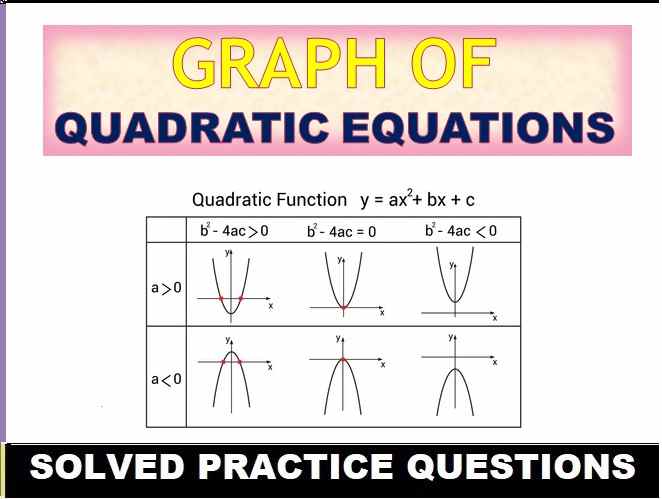The Flower Long Answer Biology Class-9 ICSE Selina Publishers Solutions Chapter-4. Step By Step ICSE Selina Concise Solutions of Chapter-4 The Flower with Exercise-4 including MCQs, Very Short Answer Type, Short Answer Type, Long Answer Type and Structured/Application Questions Solved . Visit official Website CISCE for detail information about ICSE Board Class-9.
The Flower Exe-4 Long Answer Biology Class-9 ICSE Concise Selina Publishers
| Board | ICSE |
| Publications | Selina Publication |
| Subject | Biology |
| Class | 9th |
| Chapter-4 | The Flower |
| Book Name | Concise |
| Topics | Solution of D. Long Answer Type |
| Academic Session | 2023-2024 |
D. Long Answer Type
The Flower Class-9 Biology Concise Solutions
Page 38
Question 1.
Distinguish between the following pairs:
(a) Monoecious and Dioecious plants
(b) Perfect and Imperfect flowers
(c) Unisexual and Bisexual flowers
(d) Essential and Non-essential whorls of a flower
(e) Polyandrous and Polyadelphous stamens
Answer:
(a) Difference between Monoecious and Dioecious plants:
| Monoecious plants | Dioecious plants |
|---|---|
| Male and female flowers grow on the same plant. | Male and female flowers grow on different plants. |
(b) Difference between Perfect and Imperfect flowers:
| Perfect flowers | Imperfect flowers |
|---|---|
| A flower which contains all the four whorls. | A flower in which one or more whorls is missing. |
(c) Difference between Unisexual and Bisexual flowers:
| Unisexual flowers | Bisexual flowers |
|---|---|
| A flower which has either stamen or carpel is called unisexual flower. | A flower which has stamen as well as carpel is called Bisexual flower. |
(d) Difference between Essential and Non-essential whorls of a flower:
| Essential whorls | Non-essential whorls |
|---|---|
| Essential whorls of the flower are androecium and gynoecium. | Non-essential whorls of the flower are calyx and corolla. |
| Essential whorls are directly concerned with reproduction. | Non-essential whorls either protect the reproductive parts of the flower or make the flower attractive for pollination. |
(e) Difference between Polyandrous and Polyadelphous stamens:
| Polyandrous stamens | Polyadelphous stamens |
|---|---|
| The filaments of the stamens are free. | The filaments of the stamens are united in the multiple groups. |
Question 2.
Why are the following described as stated :
(a) The androecium of pea flower is diadelphous.
(b) Ray flowers of sunflower as neuters.
(c) Salvia sepals as petaloid.
Answer:
(a) It is because the filaments of anthers are united in two bundles. Nine out of ten stamens in a pea plant form a staminal tube. The tenth is free.
(b) Ray florets of sunflower are described as neuters because both male and female reproductive structures are lacking.
(c) Sepals of the salvia are petaloid as 3 sepals are red in color and united as petals. Therefore, they are not differentiated from the petals.
Question 3.
What are bracts? State their function.
Answer:
When a flower arises in the axil of a leaf like structure, this structure is known as bract. It may be green like leaves or at times they are coloured.
The function of bracts is to protect the flower during its development and maturation. They may cover the flower bud, providing a shield against physical damage, excessive light, or harsh weather conditions. Colourful bracts can help attract pollinators to the flower.
Question 4.
Explain the terms Monadelphous, Diadelphous and Polyadelphous using suitable diagrams. In each case name a flower possessing such an androecium.
Answer:
(i) Monadelphous — Stamens are united in one group by their filaments. Only anthers are free. E.g. China Rose.
(ii) Diadelphous — The filaments are united in two bundles. E.g. Pea.
(iii) Polyadelphous — The filaments are united in several groups. E.g. Bombax.

— : End of The Flower D. Long Answer Class-9 ICSE Biology Solutions :–
Return to Return to Concise Selina ICSE Biology Class-9
Thanks
Please share with your friends


